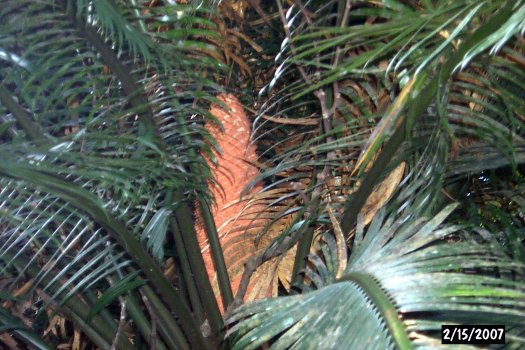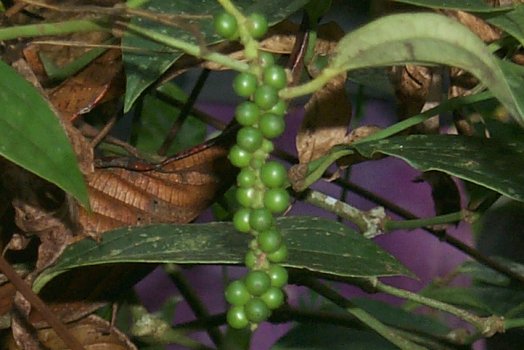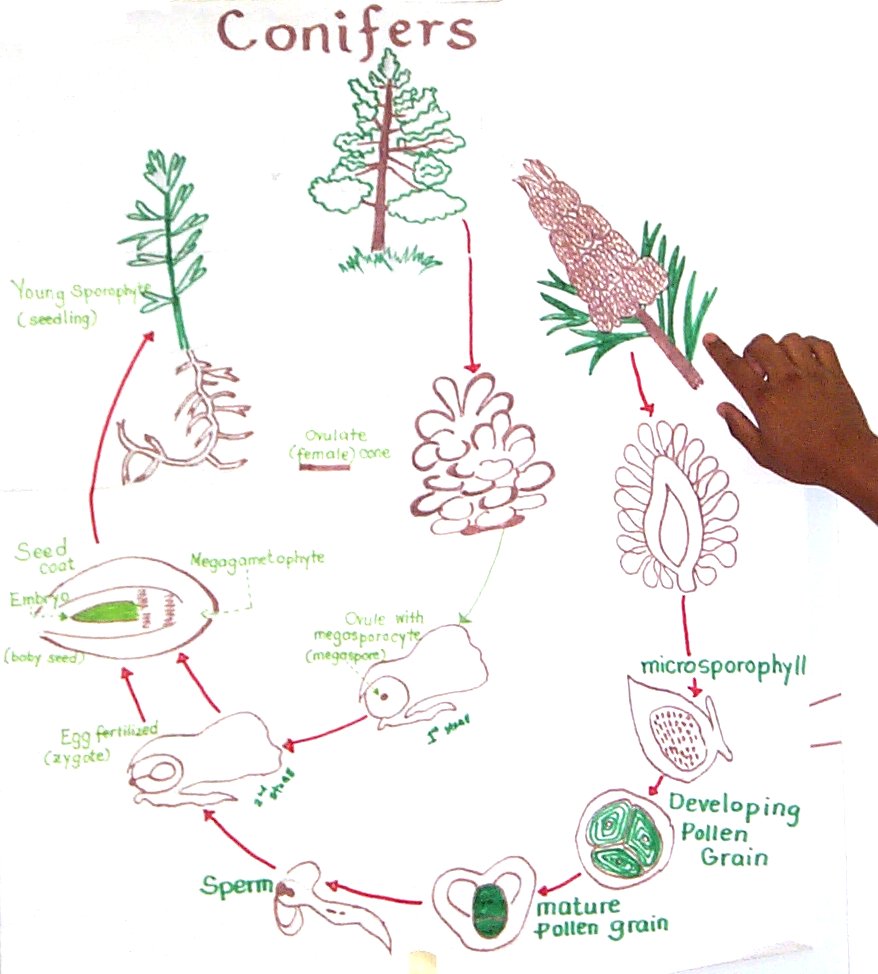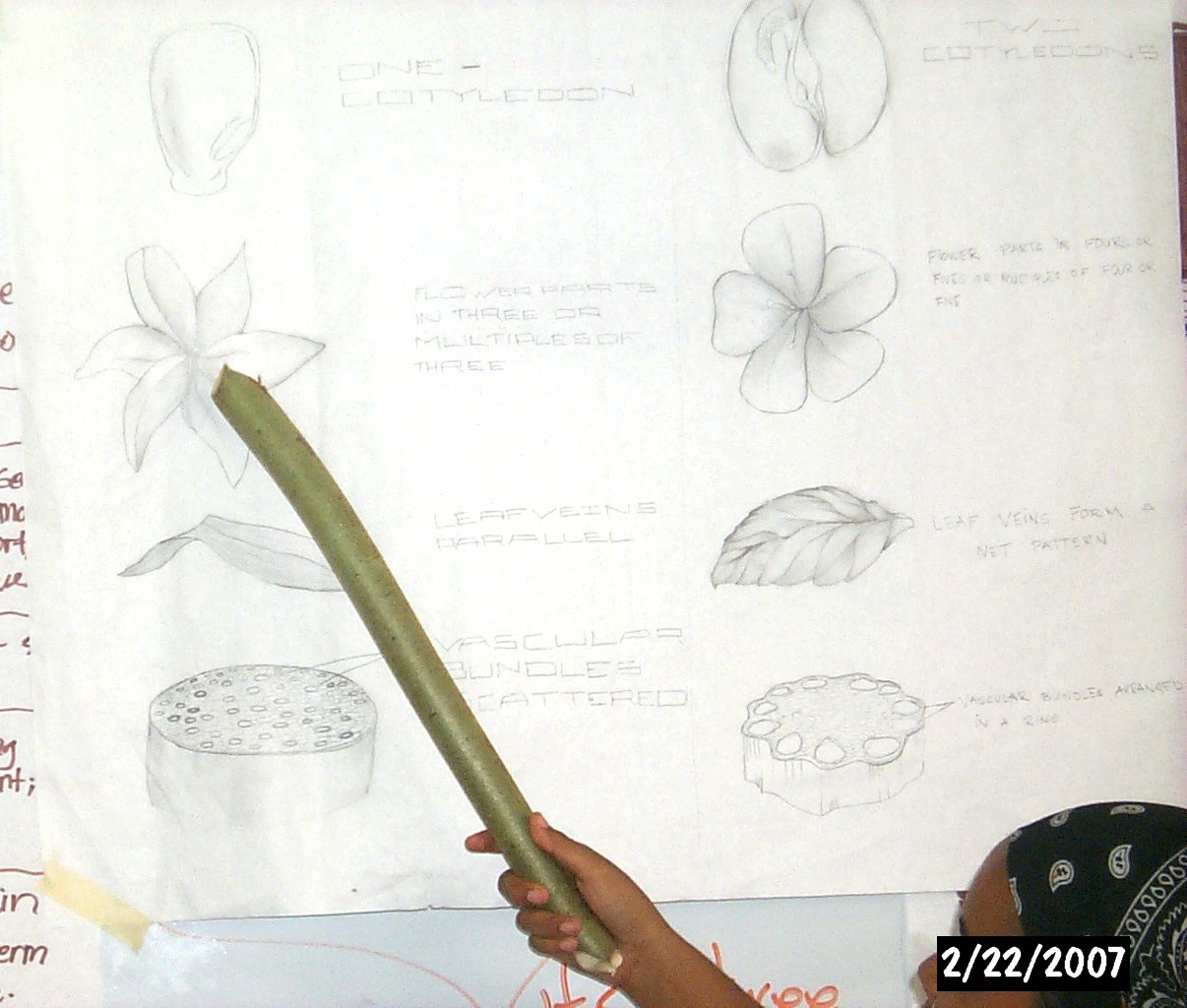SC/SS 115 Ethnobotany Midterm • Name:
Plant recognition matching
Samples of the following plants are labeled with letters. Write the letter in the blank next to the correct name.
- _____ Agathis robusta
- _____ Araucaria columnaris
- _____ Asplenium nidus
- _____ Cinnamomum carolinense
- _____ Coffea arabica
- _____ Cyanobacteria
- _____ Cycas rumphii
- _____ Dicranopteris linearis
- _____ Lycopodium cernuum
- _____ Morinda citrifolia
- _____ Myristica fragrans
- _____ Nephrolepis acutifolia [biserrata]
- _____ Phymatosorus scolopendria
- _____ Piper nigrum
- _____ Piper ponapense
- _____ Thelypteris maemonensis
Primitive plants hike 16 January
17. Use the space above to sketch a seedless vascular plant from the very first hike down into the "valley of the ferns." Label the sketch with the names of the parts of the plant. Provide the local name of the plant in your language and the name of the plant in Latin.
- Latin name:
- Local name:
- Traditional use:
Ethnogarden clean-up 18 January
18. At the end of the term you will be asked to add one plant to the garden that is not already in the garden. What one plant would you add and WHY?
Seedless vascular plant presentations 25 January
19. Mosses, ferns, and other "primitive" plants share some common features and needs in their reproductive cycles. What are those features/needs?
Healing plants walk-about at the Pohnpei Traditional Plant Garden 01 February
20. What would you recommend to improve the educational and traditional of the Pohnpei Traditional Plant garden?
Collecting plants 06 February
21. For flowering plants, what three key features must be collected to make a correct botanic identification by latin binomial?
Healing plant presentations 08 and 13 February
22. Describe a healing use of a plant. Use the back of the last page if you need the space. The catch: you cannot describe a use for the plant from your state, you must describe a use of a plant described by another member of the class who is from a different state. If you can recall, also include the name of the plant presented by that member of the class.
Botanic garden field trip 15 February


23. The palm-like tree above on the left has a cone at the very top center of the tree. What is the name of this tree in English? What is the Latin name for this tree?
24.What is the English name of the plant seen at the right above (see previous page if necessary)? What is the Latin name for this plant?
Gymnosperm presentations 22 February
25. Use the samples in class to do the following matching of gymnosperm leaf types:
- _____ awl shaped
- _____ palm-like
- _____ strap shaped

26. What is the name of the structure being pointed to in the above gymnosperm life cycle diagram?
27. Describe the life cycle of the typical conifer.

28. In the above image is Aireen pointing to monocots. What features characterize monocots? Name three monocots in English.
27. What key features distinguish gymnosperm reproduction from the reproduction of the more primitive seedless vascular plants such as mosses, lycopodium, ferns?
Angiosperms 22 September
25. Explain the differences between monocots and dicots as illustrated by the following diagram:

Images from the matching section of the examination




Label hints:
A. Loves to lay out in the sun on gravel or rocks.
Willing to dry up. [Not seen in images above]
B. Furry fellow who likes living on sunny hilltops
and hillsides with a nice view.
C. Divergent frond fern that hangs out with B on sunny hilltops.
D. Found in shady places, has kidney shaped sori.
E. When not doing the dishes, E hangs out with D.
F. On the ground, up a tree, or hanging pendently from a limb,
this versatile climber clambers around the forest with ease.
G. Need us note that no eggs are found within?
H. Underneath this columnar tree are left presents each Christmas.
I. Pohnpei cinnamon tea time
J. Morning wake-up brew.
K. Dr. I. M. Popular
L. Stinky cone "not-a-palm" tree
M. 'Tis the seasoning of the night.
N. A Pohnpeian brother to M.
O. The fragrant reason why you are sitting here writing a midterm
in a foreign language instead of enjoying an afternoon
nap in thatched hut
P. A robust tree which likes to watch tennis





